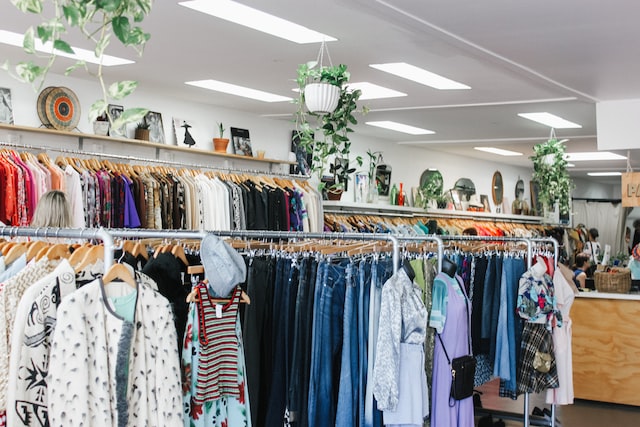Australian op shops are forking out millions to clean up donations left illegally outside their doors. At a time when the cost-of-living crisis is making charity services more necessary than ever, the phenomenon of ‘donation dumping’ is stretching their budgets.
When second-hand shops close over holiday periods – or lockdowns – it is illegal to leave donations simply sitting outside the storefront, or in piles beside charity bins. This doesn’t stop many people from engaging in this ‘donation dumping’, especially as they carry out post-Christmas clean-outs.
When these donations are left outside for long periods of time, they can become damaged by the elements, or strewn along the roadside when passers-by rifle through them. Donation dumping became a bigger issue during covid, when stores were closed for months at a time.
Many people simply don’t know this practice is a crime, and though op-shops appreciate people aren’t dumping from a place of ill will, says SCR Group exec Alexis Todorovski, “I’m sure nobody wants to receive a hefty fine for trying to do the right thing.”

In South Australia, Vinnies had to order extra trucks to drive by and pick up damaged donations over the Christmas period, when stores were closed. “It’s really disappointing,” said Vinnies South Australia CEO, Evelyn O’Loughlin, “not only for the people that have donated but also the volunteers that need to go through everything and then find items are unsellable or unusable.”
Local op shops in Victoria have also complained of the thousands of dollars they’re forced to spend to dispose of dumped donations and broken, torn or soiled items.
In Canberra, several Vinnies stores extended their hours over the Christmas period to avoid dealing with donation dumping. In November 2021, Vinnies Canberra spent more than $30,000 on disposing of waste – the majority of which was textiles.
Lindsay Rae, the Director of Commercial Operations at Vinnies Canberra, called it “such a waste.”
We then have to get volunteers to come in early before we open to clean up the mess. Then we have to pay for it to go to the tip.”
Only about 14% of donations are going to landfill; the same level as 2016 – an impressive feat considering the increase in consumption since then. Nonetheless, Australia’s national cost for waste management and disposal sits at about $18 million, estimates Charitable Recycling, a national network for charitable reuse and recycling.
As O’Loughlin points out, “that of course is money that could be better spent on supporting people in need across the state.”
And those funds are sorely needed, as Australia weathers a period of significant inflation and many households are trying to cut costs. Vinnies say they’ve had a 25% increase in the number of people asking for assistance with rent and bills, food and medication. OzHarvest founder Ronni Kahn says the demand for their services has risen 50-70% in the last four to six months.
Among those in the charity-shop industry, the consensus is that ‘if you wouldn’t give it to a mate, don’t donate’.
In other words, don’t use op shops as a junk yard to donate your broken appliances, torn clothes, or dirty bedding. And “if the shop is shut or the bin is full, keep it in your car for another day,” asks O’Loughlin.
Follow Maddie’s journalism on Twitter.
Sign Up To Our Free Newsletter